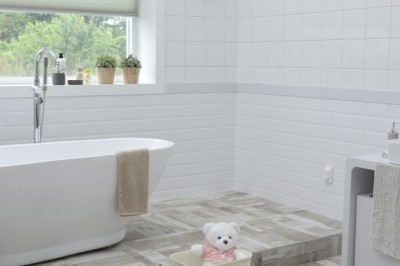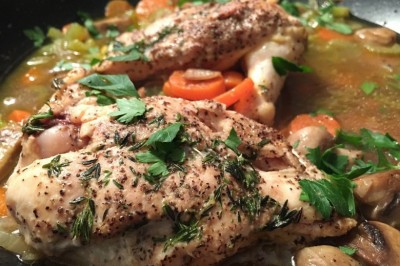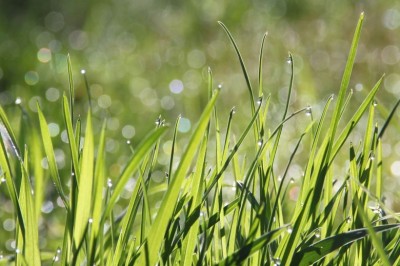Some Facts you didn’t know about pigeons
Most of the people love pigeons and are enthralled by their ability to fly and admire the many sizes, shapes and colors they come in. But some of their species, especially feral pigeons also referred to as "flying rats" or "rats with wings"; bring trouble when they take up residence in or on structures used by humans. This is largely because pigeons carry the same number of germs and viruses that rats do but also because they tend to settle in one area and prove to be almost impossible to get rid of pigeon via conventional means. Pigeons are responsible for the spread of several parasites and pathogens harmful to people. Theres also the health risk of bacteria, fungi and parasites that live and grow in their droppings, which can carry and transmit any of 60 known diseases. Even the fleas, mites and ticks that bury themselves in pigeons can carry a number of diseases. Among them are diseases such as Salmonella, Histoplasmosis, encephalitis, toxoplasmosis, Cryptococcosis and Psittacosis, and to name a few. A pigeon dropping not only gives off smell but can cause diseases related to respiratory system and skin.
In addition, Pigeon feces are unsightly, corrosive and responsible for millions of dollars in structural damage every year. Pigeons spread disease through their feces and harbor disease-carrying parasites on their bodies and in their nests that can migrate into homes. They will readily take up residence in any structure they see as conducive to nest building and raising a brood. It is their habit of nesting and living near humans that makes pigeons such a dangerous menace. Pigeons prefer to feed on grain but will substitute their diet with garbage, insects and many other food items. Pigeons are long-lived animals, some up to 15 years. Pigeons breed all year, peaking in spring and fall and a single pair can have several broods per year. Pigeons mate for life and spend most of their lives in close proximity to their nesting site. Each clutch consists of two eggs with the next clutch being laid before the previous young leave the nest. The net result of longevity and good reproduction is a lot of pigeons. Since they are social birds, the smell of feces attracts other pigeons. Dust from the accumulated pigeon droppings carries fungal spores that can cause Histoplasmosis, a sometimes fatal respiratory disease. In addition, pigeons around airports can be a hazard to airborne planes.
So what are some methods and solutions for dealing with nuisance pigeons? First and foremost, never feed pigeons. Deterring pigeons have many ways, and you choose what suits you the most.USA Bird Control is dedicated to providing the very best in affordable and humane pigeon deterrents. The site offers a full line of easy to use products that can remedy virtually any pest bird problem, and the products are designed for home use! Whether you have pigeons under an eave, geese in your yard, or sparrows nesting on a window sill, USA Bird Control has the right product for you!
Ethan Mark works for USA Bird Control, Inc. in marketing and public relations. His interests include birds, gardening, reading, and writing. More information on humane pigeon control and how to get rid of pigeon is available on the website.



























